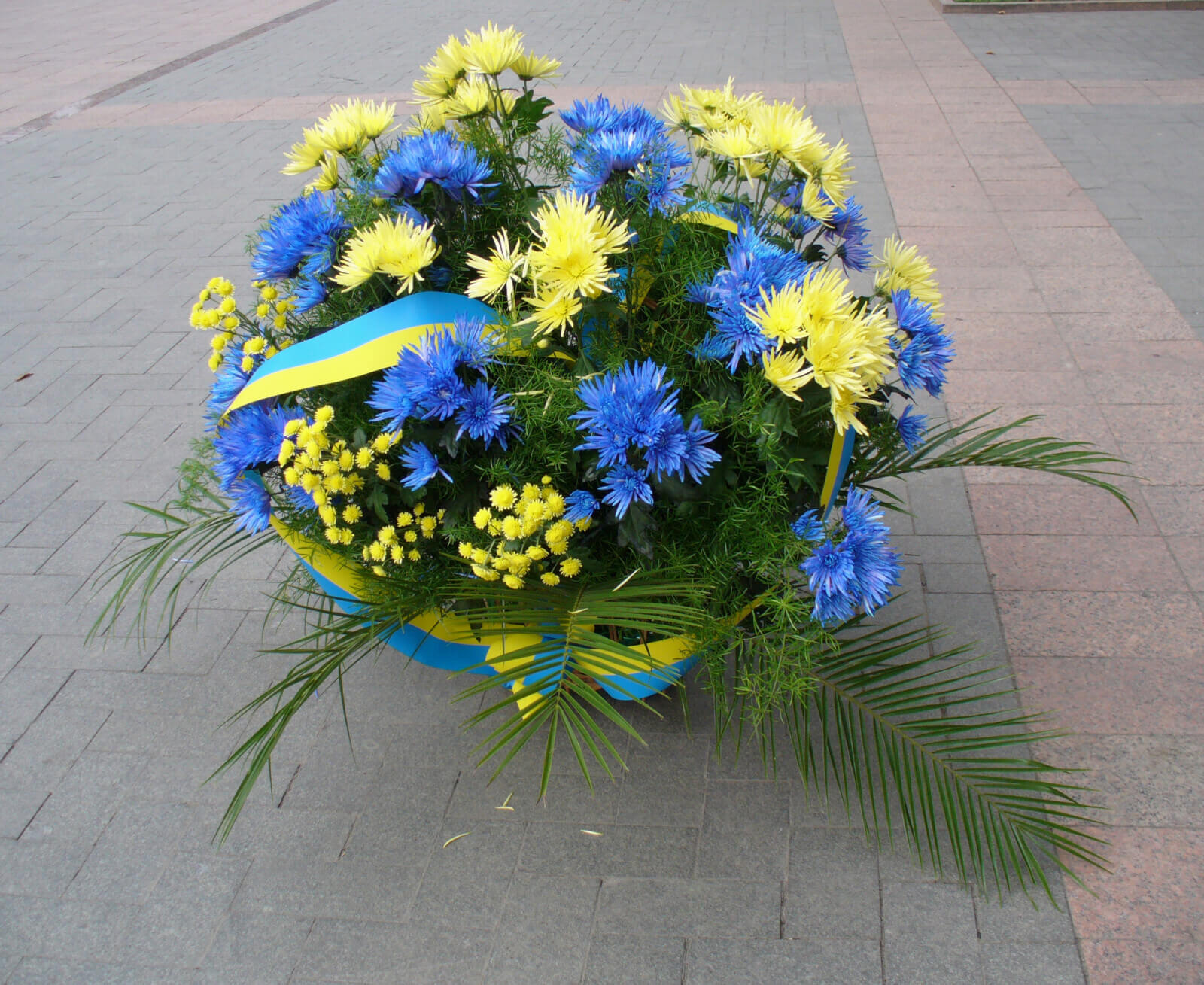Advertisers spend millions of dollars each year studying emotional responses to visual images and using the findings to increase brand awareness, promote company philosophy and ultimately raise long-term product recognition. Similarly, the visual aspects of a speech, presentation or conference must be put together to stimulate an emotional response. One cannot underestimate the importance of the visual component in building rapport between the speaker and his audience, or in establishing a connection among colleagues during a brainstorming session. If nothing else, visuals help a great deal in the quick processing of information and are at their best in communicating complex ideas.
What constitutes a visually pleasing event is largely subjective, but what the experts do agree on is that consistency and streamlining what guests and delegates see is the key to ensuring they walk away understanding the core messages and philosophies of the gathering. This covers everything from speakers’ attire, grooming habits and gestures to the table settings, backdrops and technology components of any event.

Get the right look
Speakers and presenters play one of the most important roles in creating a successful event. As a result, time and energy should go into ensuring that they understand the impact they intend to make on their audience.
One event coordinator who has worked with many top financial institutions and blue-chip corporate clients says: “People forget the basics of public speaking sometimes. [You have to] remember who your audience are and why they are there, and dress accordingly. If this is an incentive retreat and you are congratulating your top performers with a trip to a tropical destination, you can speak at a casual dinner in informal but well-pressed attire. But, if this is an annual meeting to discuss very business objectives, wearing jeans and a T-shirt is not only going to make you look unprofessional, it’s also not going to reinforce your message.”
He adds: “Companies spend a lot of money on the event, the food, the speakers and everything else that goes into it, and sometimes they don’t realise that you can undermine all of the best intentions with speakers that aren’t ready or someone who just looks out of place.”
Public-speaking coach Dr Carol Fleming explains: “Involuntary movements and nervous habits can really distract from the speech. Practice – and for more inexperienced speakers, professional coaching – is absolutely essential to ensure you aren’t playing with your hair, fidgeting with the buttons on your coat or doing anything else that could potentially divert attention from the message you want to get across.”
Unless a speaker has been professionally trained or is a public figure and well versed in the dos and don’ts of speaking, event organisers should make sure that a speech is rehearsed and critiqued and then rehearsed again. Otherwise, as Dr Fleming points out, companies risk having an audience that does not fully grasp the intended message.
She also likes to remind speakers that their appearance counts from a purely aesthetic angle. “Being well-groomed – for men shaving and wearing appropriate clothing – will go far in enhancing their speech.”
As soon as a speaker walks on stage, the audience creates a first impression based on physical appearance even before he or she has said a word. To make them instinctively more interested in the speech or presentation itself, a professional and appropriate attire is required.
Choosing a setting and venue for a corporate affair can many times be half the battle. One event organiser says that once a destination is chosen, the immediate red flags to look for at specific venues are “poor lighting, pillars in all the wrong places [throughout a ballroom], tired furniture, dated conference tables and chairs, or dull and uninspired interiors. These things can immediately turn people off and even with the best planner and the most expensive and fabulous décor, it just won’t come off the same way if you had chosen something appropriate.”
Hotels are increasingly revamping their approach to meetings and function spaces. All over the world, there are incredible events halls, meeting rooms with windows that gaze onto flora and fauna and pillarless ballrooms rife with potential. [See sidebar story] “Anything you can do to bring out the natural qualities of the space you are using, people will feel it. They won’t necessarily be able to put their finger on why they react positively, but intuitively guests feel more comfortable, are more alert and aware of their surroundings, of the speeches
and of the intentions of the event,” says the planner.
Richard Cooke, hotel manager at Shangri-La Singapore, explains that this doesn’t mean paying for the biggest and the best venue. “If you look at some smaller but very functional spaces that have been very successful,” he says, “they are painted white, they have mirrors and they have good lighting which all help in creating a greater sense of space.”
Interior designer Henry Leung of Chhada Siembieda Leung says that “having a sense of where you are is very important”, especially in situations where delegates and guests have travelled specifically for an event. By reinforcing the travel aspect in positive ways – be it through table settings, artwork or traditional aesthetic elements, the audience will be more responsive and receptive to the overall message.

Goals
The founders at Event Design Group, who have 16 years of experience designing teambuilding, incentive and gala events, explain that clients should have a clear vision of what they want before they choose a venue. That way, the theme informs the decision rather than the other way around. “It’s necessary for us as your meeting and event planning partner to understand the parameters set by your company – the who, what, where, when, and why. It’s also important that we get to know your experience with meeting or event planning and your motivation for contacting us in the first place,” says co-founder Lindsay Rauch.
The team at Hong Kong’s Base Creative says that experience, imagination and understanding the audience are keys to developing an event theme and design scheme. “Our team specialises in the planning, creating and delivery of live events for every kind of occasion,” says the firm. They point out that the event should feed the purpose long after the guests have left, which means designing visuals that will “build your brand, drive sales or entertain your primary audience”, leaving a lasting impression on employees, clients and business partners alike.
Tony Chi, the designer who revolutionised meetings facilities with the Grand Residence at the Grand Hyatt Taipei, used the idea of a comfortable home to influence the way he thought about corporate meetings. The loft-style space features elements found in an urban home – a wine cellar, an open-plan chef’s kitchen, a grand dining room, and a library – with the intention to make meetings a more aesthetically pleasing activity. Cocktail parties, receptions and larger events can all be accommodated, and in line with Chi’s theory, clients have had nothing but positive feedback about the way that the surroundings have made what could have been a dreary offsite, in fact quite enjoyable.
“The design of the space facilitates communication and the flow of ideas,” he says. “People are more receptive to what’s going on around them when they are more relaxed. People come from all over the world for meetings and you want them to immediately be able to connect with one another. [The Grand Residence] uses design to facilitate human behaviour. The architectural and interior design components of the space allow people to do what they are there to do – get business done – and to be less stressed at the end of the day.”
The sense of sight is always at work and the brain is constantly processing information that passed through the eyes. As a result, conference and event organisers need to be aware of every visual component that guests will see.
“Taking a step back and appreciating it from their perspective will help you to understand how someone seeing this for the first time would react,” says Cooke. Whether simple and straightforward or over-the-top and outrageous, presenters, décor, food and entertainment should all speak to the mission of the event.
Every effort should be made to ensure that there are no subconscious visual cues that detract from the core message the company is trying to deliver.
SPACES WITH STYLES
Grand Hyatt Bali
Australian interior designer Diana Simpson has taken the cue for Bali’s largest ballroom from the Wantilan Pavilions that are traditionally used as communal meeting halls in Bali. Soft materials and natural lighting make this ideal from an aesthetic point of view.
Sukhothai Hotel Bangkok
The stand-alone Garden Villa looks out to 7,000sqm gardens that provide a relaxing backdrop for meetings and private dinners. With windows to the outside world and its location far from the hustle and bustle of downtown Bangkok, delegates will be more productive.
MGM GRAND Macau
The pillarless ballroom is one of the most stunning events spaces in the world. Using light-coloured natural elements like wood and lapis, and lit by unique and artful chandeliers, no decoration is necessary for guests to appreciate the beauty of the room.
Grand Hyatt Taipei
Tony Chi’s brainchild and talk-of-the-town the Grand Residence feels like a New York City Loft, complete with several types of living- or dining-room-style areas to make corporate functions less stressful and more enjoyable.
Bridge 8 Creative Centre Shanghai
This multifunction space in Shanghai is already shaping the design of meetings spaces and the look and feel of the previously dreaded off-site venue. The converted auto factory is a combination of contemporary design and deconstructed style.
DOS
l Make sure speakers are well-groomed on the day of the event.
l Make meaningful hand gestures to emphasise important points.
l Nod or smile to signal understanding of someone else’s point or question.
l Keep the backdrop simple – this goes for visual presentations as well as signage.
l Try to ensure each delegate has a clear view of the stage or main area.
l Opt for natural lighting to keep the audience alert and engaged.
DON’Ts
l Wear clothing that is potentially distracting, ie, bright colours or patterns.
l Fidget, play with your hair or twirl a pen while presenting.
l Stand behind the podium where the audience can’t see your body language.
l Clutter the stage or presentation with unnecessary props or furniture while a presenter is speaking – the audience may shift focus.
l Look away from the audience when referencing slides or on-screen material.


